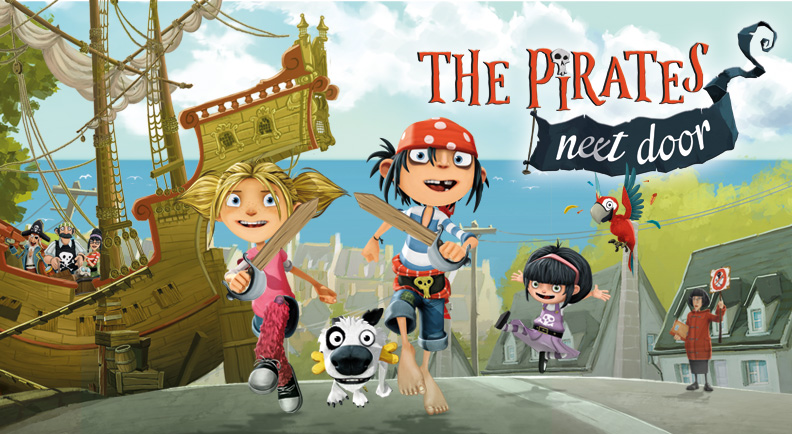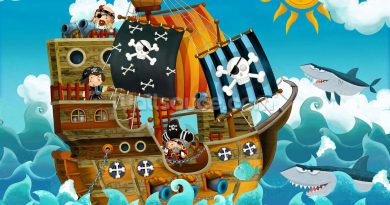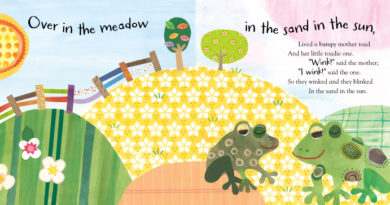Why storyteller in the classroom matters.
The pirates next door – Audio book. Kiddiewinks – Book – by: Jonny Duddle.
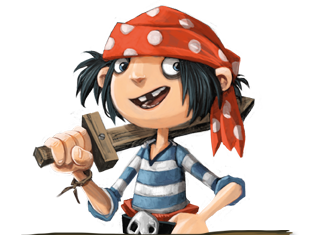
Follow us: https://www.facebook.com/OposicionesInglesRP/
More about Road to your Post: oposicionesingles.com
The reasons to use songs and literature in FL teaching are varied, but perhaps the most determining one is the fact that they are a part of every culture and human beings enjoy with this resources along their lives. Therefore, we may take advantage of their engaging and motivating power.
Text extracted from: Temario de oposiciones Inglés-Primaria. Self-learning method.
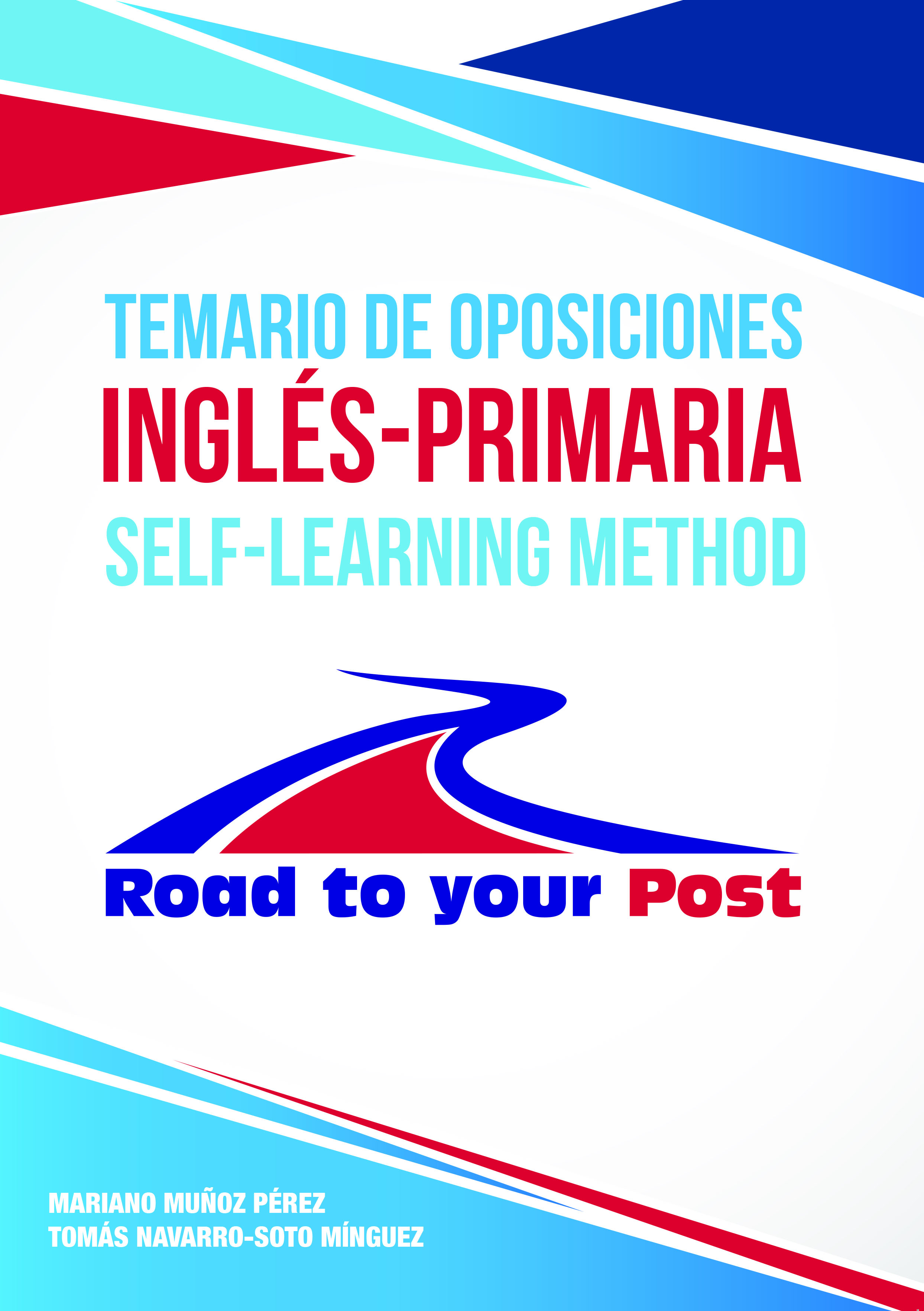
Pages 61-62
As we know, the Spanish official curriculum (RD 126/14) defines the importance of taking the FL world to our class. However, it is the teacher´s task to define which aspects of the English- speaking countries may be attractive and appealing to our students. Some examples may be: popular traditions and celebrations, popular songs and tales, names of important people, customs, holidays, etc. Moreover, The FL teacher may provide these cultural aspects through contextualized activities where the learners feel they are doing something with some purpose; in this sense, motivation will play an essential role in order to foster a positive attitude. Nevertheless, there are some aspects that facilitate the integration of sociocultural aspects in the FL class. Amongst them: • Familiarity of students with English speaking countries and some of their cultural features due to TV, music or the internet influence.
• Many students feel attracted by sociocultural elements of other countries.
• The extraordinary amount of resources available to FL teachers through information and communication technologies.
Page 158
Apparently, defining children´s literature may be an easy task; it refers to literary books written for children. Notwithstanding, how do we consider appealing books for adults and children like “Harry Potter” by J.K. Rowling? Thus, this simple definition is not enough since children´s literature embraces a wide range of works, including acknowledged classics of world literature, picture books and easy-to-read stories written exclusively for children, fairy tales, lullabies, fables, folk songs, and other primarily orally transmitted materials.
We can state that children´s literature is comparatively a recent phenomenon which emerges in the second half of the 18th century, after the Industrial Revolution due to economic and social factors. The main social factor is that the attainment of literacy by large numbers of people and the spread of mass education formed a market large enough to economically justify the creation and distribution of original works written specifically for young people. In the 18th century, some factors are essential for the development of children´s literature:
• The development of Enlightenment Thought.
• The rise of the middle class.
• The beginning of the emancipation of women-children’s literature.
• The Romanticism´s cult of the children´s world (i.e. folktales, fairy tales, myths, ballads).
Along history there is clear evidence that almost every culture and society has shown some kind of cultural manifestation by means of their artistic sensitivity, whether through wall paintings, sculptures, cinema, drama, and the like. One clear way of showing artistic sensitivity and therefore a form of cultural expression is that of Literature.

